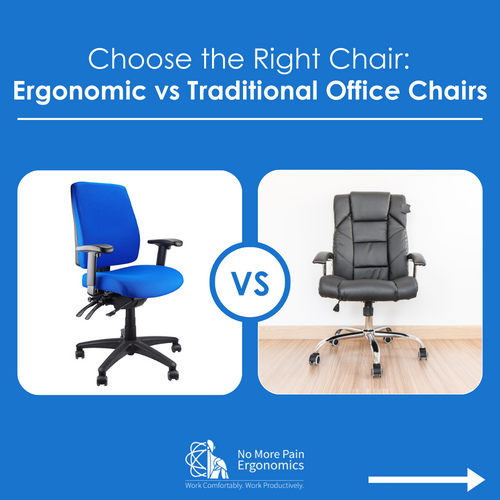Standing desks have gained popularity in recent years due to their numerous health benefits and ability to combat the sedentary nature of office work. When considering the purchase of a standing desk, it is crucial to choose the right size to ensure optimal comfort, productivity, and overall well-being. In this blog post, we will guide you through the key factors to consider when deciding on the ideal size for your standing desk.
1. Assess Your Workspace:
Before diving into the specifics of desk dimensions, start by assessing your available workspace. Measure the area where you plan to place the standing desk, taking into account the length, width, and any potential obstacles such as walls, doors, or furniture. This measurement will serve as a valuable reference point when exploring desk options and prevent the frustration of purchasing a desk that doesn't fit properly in your workspace.
2. Determine Your Workstation Requirements:
Consider your typical workflow and the items you need to accommodate on your desk. Do you require multiple monitors, a laptop, a keyboard, a mouse, documents, or other peripherals? Assessing your specific workstation requirements will help you determine the surface area you need. Aim for a desk size that comfortably accommodates all essential items while still allowing ample room for movement and organization.

3. Consider Your Height and Ergonomics:
The height of the standing desk is crucial for maintaining proper ergonomics and maximizing comfort. Measure your ideal standing height, ensuring your arms are at a 90-degree angle when typing or using the desk surface. Most standing desks offer height adjustability, allowing you to customize the desk's height to your specific needs. Look for desks that have a wide range of height adjustments to accommodate various users and promote proper posture.
4. Account for Vertical Space:
While considering the width and length of the desk, don't forget to account for vertical space as well. If you plan to use monitor arms or shelves above the desk surface, make sure the desk has sufficient clearance to accommodate these additions comfortably. Taking vertical space into account ensures that your workstation remains organized and clutter-free, promoting a productive and visually appealing environment.
5. Consider Future Needs:
Lastly, consider your future needs when selecting the size of your standing desk. Are there any potential changes in your work setup, such as adding additional monitors or equipment? Anticipating future requirements will help you choose a desk size that accommodates both your present and future needs, ensuring that your investment remains relevant and beneficial in the long run.
Choosing the right size standing desk is essential for creating a comfortable, efficient, and ergonomic workspace. By assessing your available workspace, considering your workstation requirements, accounting for your height and ergonomics, and testing desks in person, you can make an informed decision. Remember to consider vertical space and anticipate future needs to ensure that your standing desk remains a functional and valuable addition to your work environment. With the perfect fit, you'll be on your way to enjoying the benefits of a standing desk and improving your overall well-being.
















← Older Post Newer Post →
0 comments
Get in Touch
Still have a question or simply want to discuss what ergonomic products are best suited? Get in touch, our expert team is available to provide free advice and support.